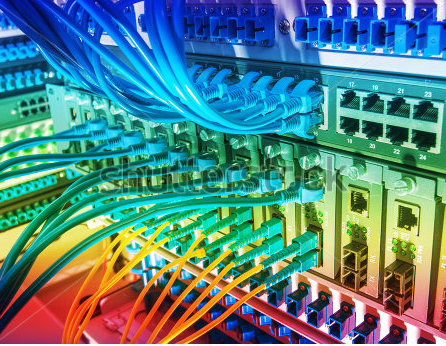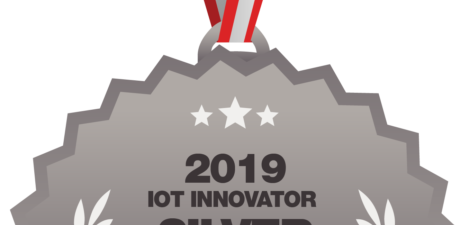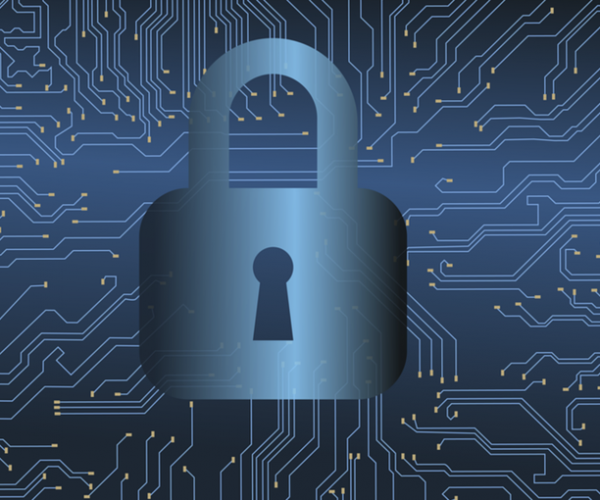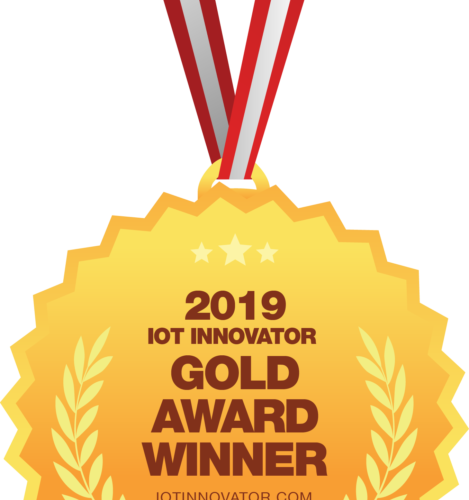by Yann Morvan
The advent of the Internet of Things (IoT) brings a rapidly evolving interconnected world, one in which data and power “converge” over the same infrastructure. What will emerge as the primary method of networking this converged mesh of intelligence to connect IoT gateways and enable edge computing? Ethernet-based cabling.
Indeed, IoT is driving the “IoE” – the “Infrastructure of Ethernet.” Convergence varies significantly across the globe, with the U.S. boasting the fastest adoption rate. It’s no surprise, then, that the U.S. has also seen significant change in structured cabling infrastructure to support the installation and connection of IoT gateways. Such IoE solutions are dedicated to enable IoT applications such as wireless access points, security cameras, intelligent LED lighting, digital signage, IP phones, unified communication and collaboration systems, access controls, building management systems or A/V.
This growth likely only represents the early stage, given the potential and the sheer volume of machine-to-machine (M2M) connections, IP-devices and IoT enablers. What is important to consider are the rapidly evolving requirements imposed onto the Ethernet-based infrastructure to support this IoT/IoE network. As we place more and more demands on a converged network, there are several key elements to consider when evaluating an infrastructure in which Ethernet cabling will become the primary backbone for IoT/IoE. These include the following:
- Centralized vs decentralized architecture. The IoT network will increasingly rely on connected gateways located on the edge of the network, closer to the working environment. While traditional point-to-point connections may be applicable for some applications, a decentralized design based on a zone cabling architecture will offer higher flexibility and scalability to support the growth of IoT.
- Floor-to-ceiling Data/PoE (Power over Ethernet) connectivity options. Although wireless protocols clearly dominate the last stretch of communication, IoT will be driving the need for data and PoE connectivity options beyond the desk area, from floor to ceiling. PoE-powered devices – wireless access points (WAPs), LED lights, access controls – will become more and more common and varied in their location.
- High performing cabling systems. The cabling infrastructure becomes increasingly critical to support the growth of IoT, not just with bandwidth but with power as well. Power levels approaching 100W (PoE++ and UPOE) create opportunities for new applications while at the same generating new challenges to consider when selecting cabling systems – e.g., heat dissipation, power efficiency, arcing prevention and long-term reliability. The gauge of a copper cable, as well as the quality of the connectivity and its termination method, are all critical elements to evaluate.
- Sustainability & IoT. Infrastructure improvement or expansion projects required to support the adoption of IoT in commercial buildings presents an opportunity to select solutions with environmental product declarations (EPDs) or health product declarations (HPDs) – which contribute points to a LEED project.
- Proper Cable Management & Pathways. With the Ethernet cabling system becoming such a critical backbone of the IoT network, it must be routed and protected with proper cable management solutions to minimize network disruption and allow efficient moves, adds and changes.
- Scalable Telecom Room. In this IoT evolution, the network closet or telecom room in the commercial will undoubtedly need to keep pace by providing more bandwidth to the gateways, more power to PoE devices and more scalability out of the physical infrastructure.
- Increased Physical Security. With so many applications now operating over this Ethernet network, security will continue to be paramount and it won’t be limited to just prevent hacking. It is also ensuring that physical security solutions are put into place to control access to the gateways and telecom room so that we can secure the functions of computing, storage and routing – all critical to the foundation of the IoT/IoE network.
In commercial buildings, the IoT/IoE evolution is bringing fantastic new opportunities of productivity, efficiency and cost savings – while at the same time presenting new challenges. These include the design and installation of an infrastructure which will bring power, light and data over the same Ethernet-based cabling system. Consider some of the elements included in this article and expect to see new ones in the future leading the path to a truly connected infrastructure enabling new levels of experience, performance, time savings, space optimization and sustainability. Before long, IoT may very well mean…IoE – the Infrastructure of Ethernet.
Yann Morvan is the director of product management at Legrand, North America.




